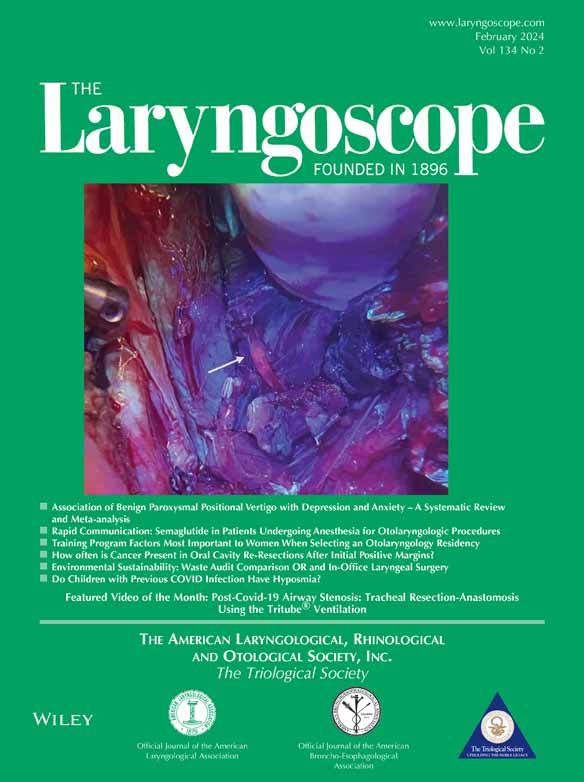A New Floating Piezoelectric Microphone for Fully Implantable Cochlear Implants in Middle Ear
Editor's Note: This Manuscript was accepted for publication on June 14, 2023.
Xin-Da Xu and Wei-Xun Zhang contributed equally to this article.
The authors have no other financial relationships, or conflicts of interest to disclose.
Abstract
Objective
Our team designed a long-lasting, well-sealed microphone, which uses laser welding and vacuum packaging technology. This study examined the sensitivity and effectiveness of this new floating piezoelectric microphone (NFPM) designed for totally implantable cochlear implants (TICIs) in animal experiments and intraoperative testing.
Methods
Different NFPM frequency responses from 0.25 to 10 kHz at 90 dB SPL were analyzed using in vivo testing of cats and human patients. The NFPM was tested in different positions that were clamped to the ossicular chains or placed in the tympanic cavity of cats and human patients. Two volunteers' long incus foot and four cats' malleus neck of the ossicular chain were clamped with the NSFM. The output electrical signals from different locations were recorded, analyzed, and compared. The NFPM was removed after the test without causing any damage to the middle-ear structure of the cats. Intraoperative tests of the NFPM were performed during the cochlear implant surgery and the cochlear implant surgery was completed after all tests.
Results
Compared with the results in the tympanic cavity, the NFPM could detect the vibration from the ossicular chain more sensitively in cat experiments and intraoperative testing. We also found that the signal output level of the NFPM decreased as the acoustic stimulation strength decreased in the intraoperative testing.
Conclusion
The NFPM is effective in the intraoperative testing, making it feasible as an implantable middle-ear microphone for TICIs.
Level of Evidence
4 Laryngoscope, 134:937–944, 2024




